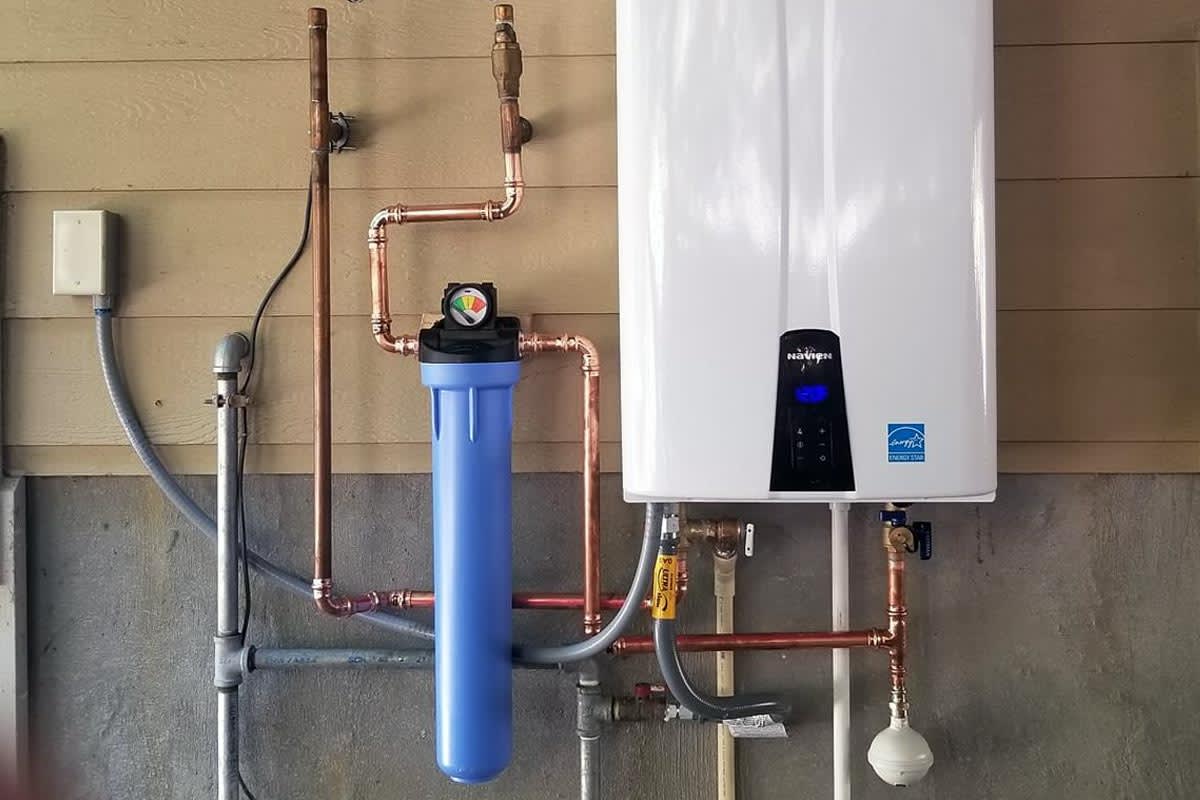How to Keep Your Home's Hot Water System Functioning Well
How to Keep Your Home's Hot Water System Functioning Well
Blog Article
The article author is making a few good points regarding Tips on Maintaining a Water Heater in general in this article just below.

Warm water is necessary for everyday convenience, whether it's for a rejuvenating shower or washing meals. To ensure your warm water system runs effectively and lasts much longer, routine maintenance is crucial. This short article gives useful tips and understandings on exactly how to maintain your home's warm water system to avoid disturbances and costly fixings.
Introduction
Maintaining your home's warm water system might appear challenging, however with a couple of simple steps, you can ensure it operates efficiently for many years to find. This guide covers every little thing from understanding your hot water system to do it yourself upkeep suggestions and recognizing when to contact specialist help.
Importance of Maintaining Your Warm Water System
Normal maintenance not only prolongs the life-span of your hot water system however likewise guarantees it operates effectively. Ignoring upkeep can bring about lowered performance, greater power costs, and also premature failing of the system.
Indicators Your Warm Water System Demands Maintenance
Knowing when your warm water system needs attention can prevent major concerns. Look out for indications such as irregular water temperature, odd sounds from the heater, or rusty water.
Comprehending Your Hot Water System
Prior to diving right into maintenance jobs, it's helpful to comprehend the basic parts of your warm water system. Generally, this consists of the hot water heater itself, pipes, anode poles, and temperature controls.
Monthly Upkeep Tasks
Routine regular monthly checks can aid capture minor concerns prior to they intensify.
Purging the Hot Water Heater
Purging your hot water heater gets rid of debris build-up, boosting performance and lengthening its life.
Monitoring and Changing Anode Rods
Anode rods avoid rust inside the tank. Evaluating and changing them when worn is crucial.
Inspecting and Changing Temperature Settings
Changing the temperature level setups makes certain optimum efficiency and security.
Do It Yourself Tips for Maintenance
You can carry out a number of upkeep tasks yourself to keep your warm water system in leading problem.
Looking for Leakages
Routinely examine pipes and links for leakages, as these can cause water damages and higher expenses.
Examining Pressure Alleviation Valves
Testing the pressure safety valve guarantees it works appropriately and avoids too much pressure build-up.
Insulating Pipes
Protecting hot water pipes lowers heat loss and can save power.
When to Call a Specialist
While do it yourself maintenance is useful, some concerns call for professional know-how.
Facility Issues Requiring Expert Aid
Examples include major leaks, electrical issues, or if your hot water heater is continually underperforming.
Regular Expert Maintenance Perks
Expert upkeep can consist of thorough inspections, tune-ups, and guaranteeing compliance with security criteria.
Verdict
Regular maintenance of your home's hot water system is important for efficiency, longevity, and expense savings. By complying with these ideas and understanding when to look for specialist aid, you can ensure a dependable supply of hot water without unexpected interruptions.
Water Heater Maintenance Tips
Test the TPR Valve
Shut off the power and the cold-water supply valve. Place a bucket under the pipe connected to the temperature-pressure-release (TPR) valve on the top or side of the tank. (This valve opens if the tank pressure gets too high.) Lift the valve’s tab to let some water out, then let go. If water keeps flowing, drain the tank partway, unscrew the old valve with a pipe wrench, and install a new one. Check the Anode Rod
Put a hose to the tank’s drain cock and let out a few gallons of water. Now fit a 1 1/16-inch socket onto the rod’s hex head on top of the heater (or under its top plate) and unscrew the rod. If it’s less than ½ inch thick or coated with calcium, buy a new one, wrap its threads with Teflon tape, put it back in the tank, and tighten securely. Use this segmented rod if headroom above the tank is limited. Drain the Tank and Wash Out Sediment
Drain the remaining water in the tank into the bucket, then stir up the sediment on the tank’s bottom by briefly opening the cold-water supply valve. Drain and repeat until clean water comes out of the hose. Close the drain cock, refill the tank, and turn its power back on. Adjust the Temperature
Find the temperature dial on the side of the tank and unscrew its cover. Adjust the dial to 120 degrees using a flathead screwdriver. For every 10 degrees the temperature is lowered, you can expect to save up to 5 percent in energy costs. Turn the water heater off or the thermostat down to its lowest setting if you plan to be away from home for more than three days. Insulate the Pipes
Buy some self-sticking 3/8-inch-thick foam pipe insulation that matches the pipes’ diameter. Slide the foam over the hot-and cold-water pipes as far as you can reach. Insulating the cold-water pipe prevents condensation in summer. Peel the tape and squeeze the insulation closed. If the pipe is 6 inches or less from the flue, cover it with 1-inch-thick unfaced fiberglass pipe wrap. https://www.thisoldhouse.com/plumbing/21016402/how-to-maintain-a-water-heater

I'm just very taken with What Kind of Maintenance Do Water Heaters Need? and I hope you enjoyed reading my post. Sharing is caring. Helping people is fun. Many thanks for going through it.
Book A Service Call Report this page